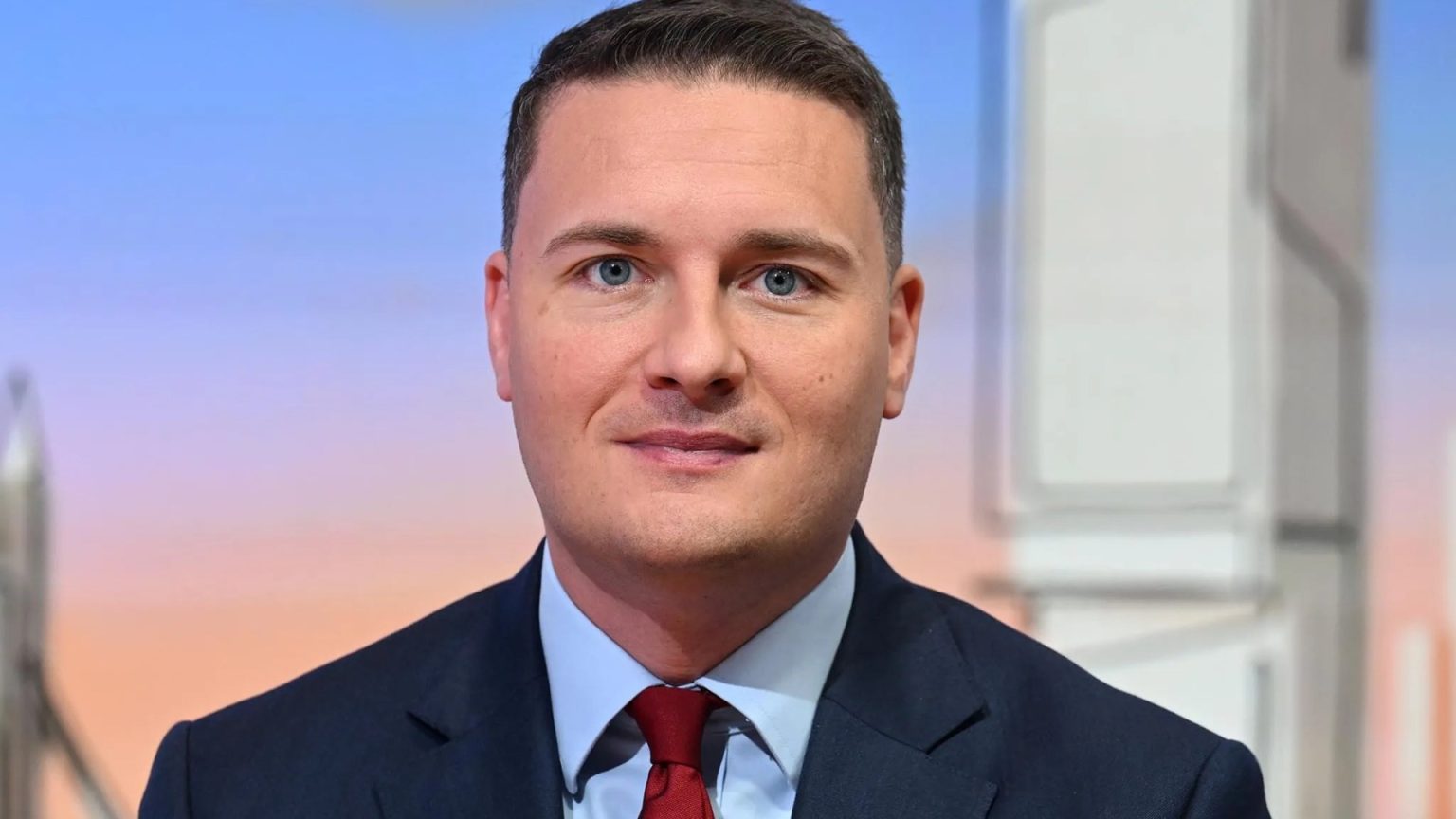The National Health Service (NHS) in England is bracing for an exceptionally challenging winter season, marked by a surge in flu cases and mounting pressure on emergency services. Health Secretary Wes Streeting has directed NHS leaders to prioritize the care of the most critically ill patients, shifting focus away from meeting performance targets. This directive follows an urgent meeting with NHS Chief Executive Amanda Pritchard and other key figures, convened amidst a 350% increase in hospital flu admissions compared to the same period last year. With an average of nearly 1,100 flu patients hospitalized daily and concerns about a potential “quad-demic,” the emphasis is on ensuring efficient ambulance services and reducing perilous delays in Accident and Emergency departments.
Streeting’s directive underscores a shift in priorities, urging NHS trusts to concentrate on critical bottlenecks in the patient pathway. He specifically highlighted the need to address ambulance delays, patient handovers from ambulances to A&E staff, and excessively long waiting times in emergency departments. The focus is on ensuring that the sickest patients receive timely and appropriate care, rather than prioritizing less urgent cases to meet performance targets. This directive acknowledges the immense strain on resources and the imperative to allocate them effectively to those most in need.
The current situation paints a stark picture of the challenges facing the NHS. Ambulance patients are supposed to be transferred to A&E within 15 minutes, yet data reveals that 68% wait longer, with a significant proportion enduring delays exceeding an hour. These handover delays have a cascading effect, impacting ambulance availability for subsequent emergencies. The target response time for Category 2 calls, which include suspected strokes and heart attacks, is 18 minutes, but the current average stands at 42 minutes, highlighting the severity of the delays.
NHS Chief Executive Amanda Pritchard acknowledged the unprecedented demand on services even before the peak winter period, with flu cases already quadrupling. She anticipates further strain on the system in the coming months, reinforcing the need for strategic resource allocation and prioritization. Dr. Adrian Boyle of the Royal College of Emergency Medicine emphasized the criticality of reducing prolonged stays in A&E, which contributed to a significant number of preventable deaths last year. He stressed that minimizing extended waits should be as crucial as meeting the four-hour treatment target, underscoring the life-or-death implications of timely intervention.
While the prioritization of critically ill patients is widely supported, some healthcare professionals have expressed concerns about the feasibility of meeting these demands within the current resource constraints. Dr. Tim Cooksley of the Society for Acute Medicine argued that the issue is not manipulation of targets, but rather a fundamental lack of workforce and capacity to provide safe and effective care. This highlights the systemic challenges facing the NHS, including staff shortages and limited resources, which hinder its ability to deliver timely and quality care, even with a shift in priorities.
The situation presents a complex challenge for the NHS, requiring a delicate balance between prioritizing the most urgent cases and addressing the underlying systemic issues that contribute to delays and compromised care. The coming winter months will undoubtedly test the resilience of the NHS, demanding innovative solutions and a concerted effort from all stakeholders to navigate these unprecedented pressures and ensure the best possible outcomes for patients. The debate continues on how to reconcile the immediate need for prioritizing critical care with the long-term imperative of addressing the structural deficiencies that hinder the NHS’s ability to provide timely and effective healthcare for all.




